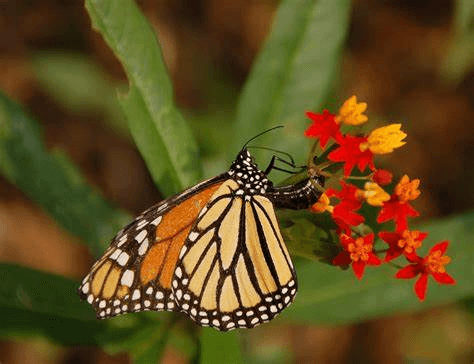By Johnny Butterflyseed
Few plants have sparked as much controversy in butterfly gardening and native plant circles as Asclepias curassavica, commonly known as Tropical Milkweed or Mexican Milkweed. Despite widespread warnings and campaigns to discourage its use, it’s time to set the record straight.
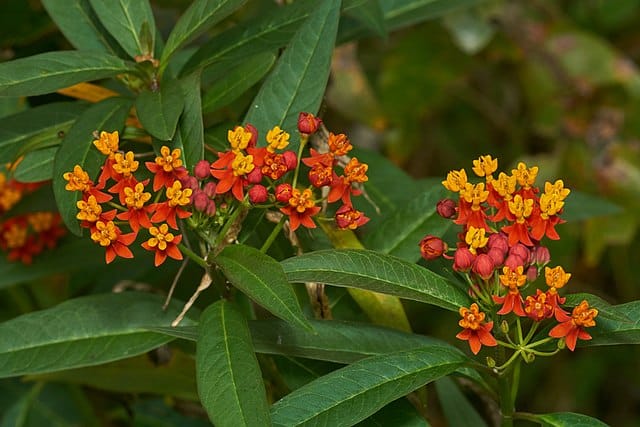
Let’s be clear: Tropical Milkweed is indeed a Florida-native species within USDA Plant Hardiness Zones 10 and above. While often labeled as a non-native or invasive by well-intentioned gardening groups, ecological evidence and historical context show a different story. Having personally explored various Wildlife Management Areas (WMAs) along Florida’s Space Coast, I have documented stable, wild populations of A. curassavica—proving its naturalized and native presence in these ecosystems.
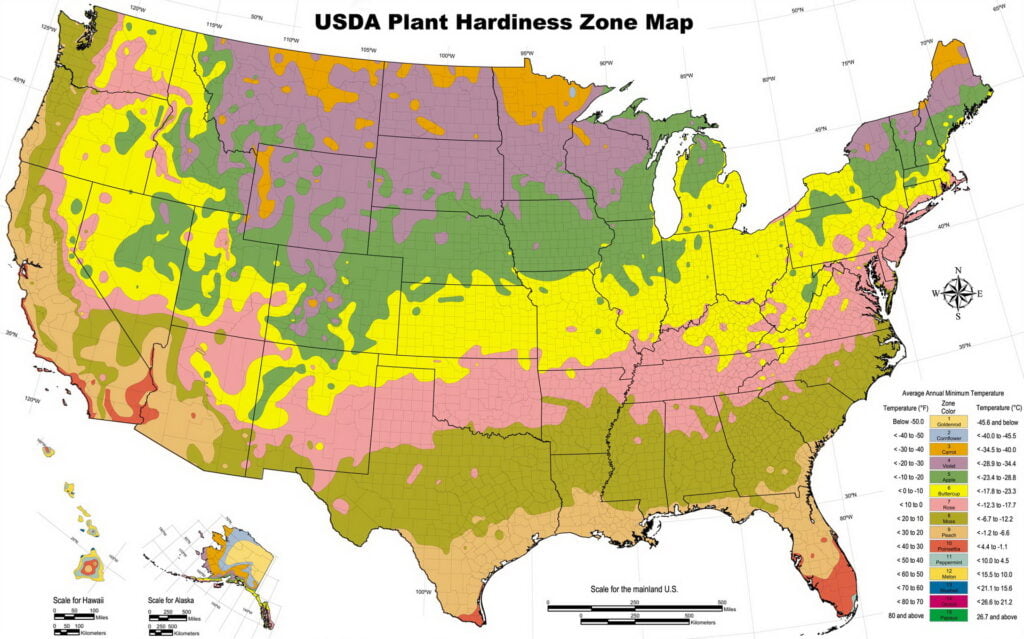
Nativity Explained: Cryptogenic, Indigenous, and Archaeophyte
Understanding plant nativity isn’t always straightforward. Asclepias curassavica is classified as cryptogenic—its exact point of origin is uncertain—but it is widely recognized as indigenous to the Neotropical Realm. This biogeographic region includes:
- Mexico
- Central and South America
- The Caribbean
- Southern Florida and parts of Texas
Moreover, this species holds the status of an archaeophyte in North America, having been used and dispersed by Native American and Mesoamerican cultures long before European contact. It later became a neophyte through Western colonial trade and modern horticulture, which explains its common presence at garden centers today.
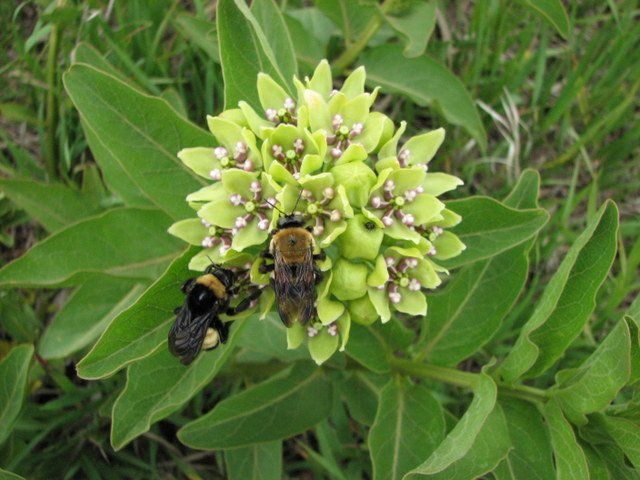
25 Green Antelopehorn Seeds (Asclepias viridis)
Known for its greenish-yellow flowers and broad, wavy leaves, this milkweed species is a stunning addition to any garden or restoration project aimed at supporting native wildlife. USDA Zones 4-9.
Why Tropical Milkweed Thrives in Florida (And Why That Matters)
Florida’s subtropical climate provides ideal conditions for A. curassavica to thrive naturally in the wild. On the Space Coast, stable, self-sustaining populations exist without human cultivation, proving that it is not merely an escaped garden plant but an integrated part of the local ecosystem.
In contrast, in places like Alabama or even Florida’s Lake Wales Ridge and other USDA zones below 10, Tropical Milkweed is considered adventive—it may appear but cannot establish persistent populations due to winter frost. As such, fears of invasiveness in cooler climates are unfounded; the plant simply cannot survive long-term outside frost-free zones.
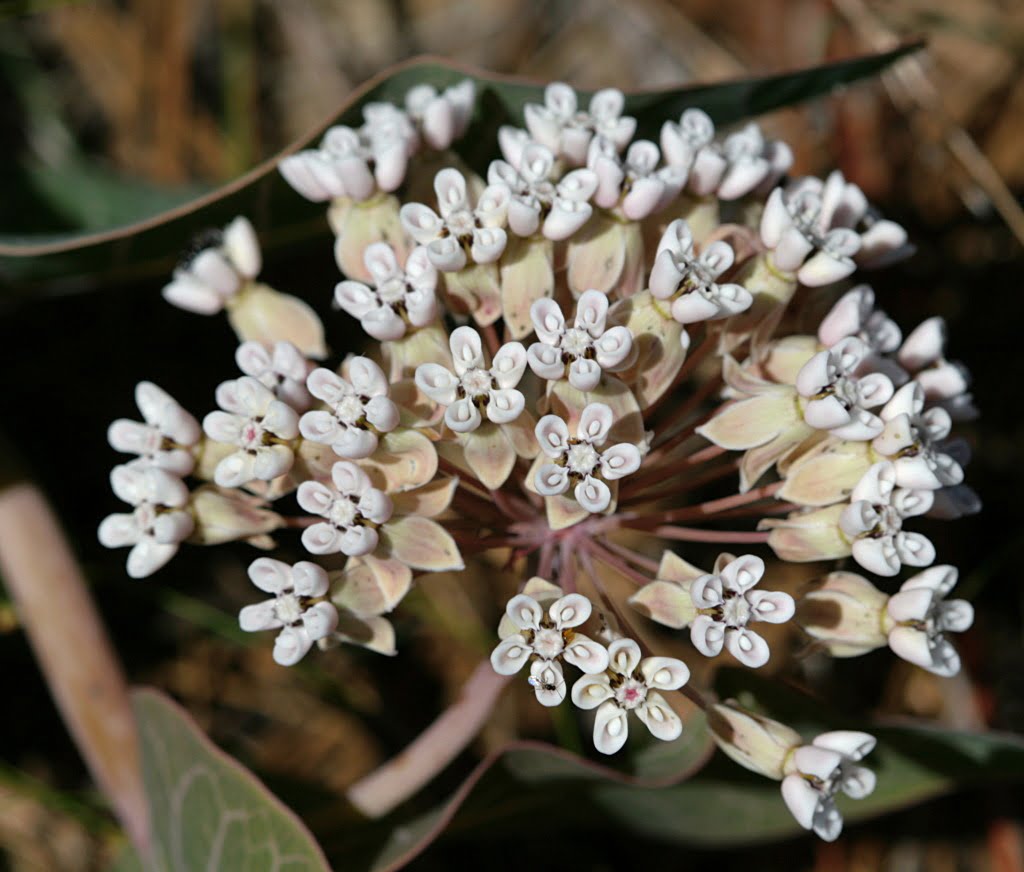
10 Sandhill Milkweed Seeds Ascslepias Humistrata Pinewood Milkweed Florida-Native
With Johnny Butterflyseed’s Sandhill Milkweed seeds, you’re not just planting flowers; you’re cultivating a living mosaic of nature’s marvels. 10+ Florida Native seeds.
OE, Monarchs, and the Frost Factor
One of the primary arguments against A. curassavica is its association with Ophryocystis elektroscirrha (OE), a naturally occurring protozoan parasite affecting monarch butterflies. Critics argue that year-round availability of Tropical Milkweed encourages higher OE infection rates.
While OE concerns may be valid in tropical climates without seasonal dieback (like southernmost Florida or parts of the Caribbean), this argument falls apart in regions where frost naturally eliminates the plant each year. In USDA zones 10 and up—where the plant is native—monarch populations have coexisted with A. curassavica and with O. elektroscirrha for millennia, maintaining natural checks and balances.
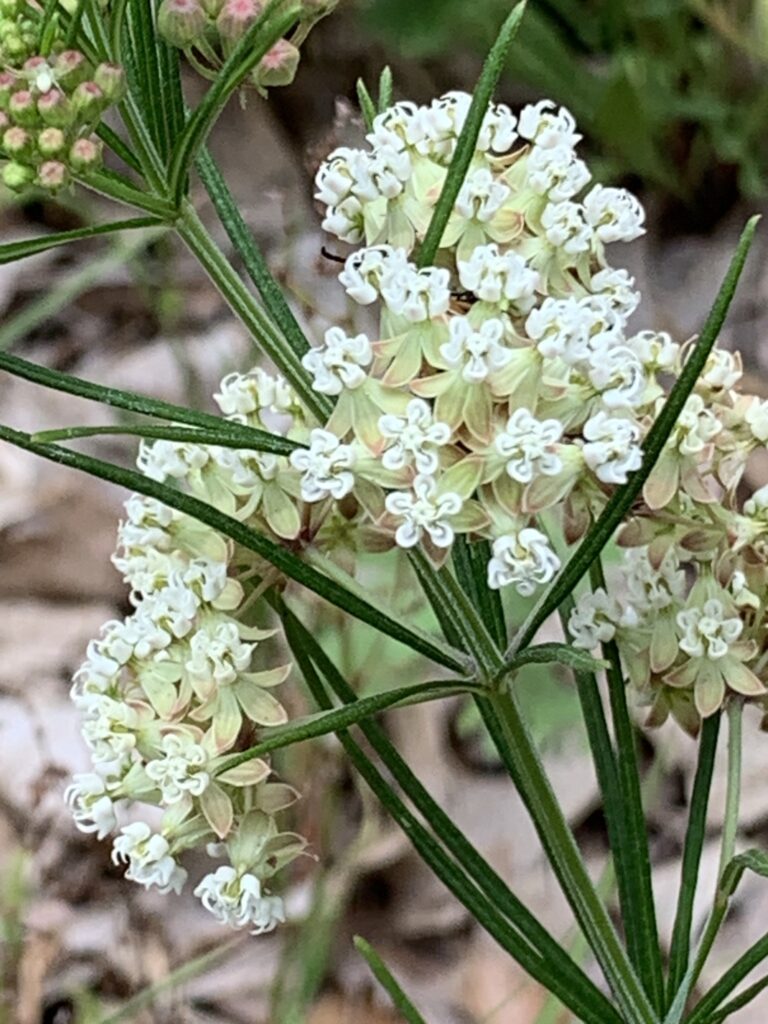
50 Whorled Milkweed Seeds (Asclepias Verticillata)
This plant is perfect for gardeners who are committed to creating a haven for Monarchs. Its late-season blooming period ensures that Monarchs have the resources they need as they prepare for migration. When you plant Whorled Milkweed, you’re not just adding beauty to your garden—you’re playing a vital role in the conservation of this iconic species. 25 Seeds. USDA Zones 3-10.
Why Demonizing Tropical Milkweed is Misguided
The push to remove or vilify Asclepias curassavica in Florida overlooks several key points:
- It’s native to parts of Florida and the broader Neotropical Realm.
- Wild, stable populations thrive without human interference.
- Natural dieback in non-native zones negates invasiveness concerns.
- OE-related issues are region-specific, not universal.
By painting Tropical Milkweed as a villain, we risk alienating well-intentioned gardeners and spreading oversimplified narratives that don’t hold up under ecological scrutiny. Conservation requires accurate information, not blanket bans driven by popular trends.
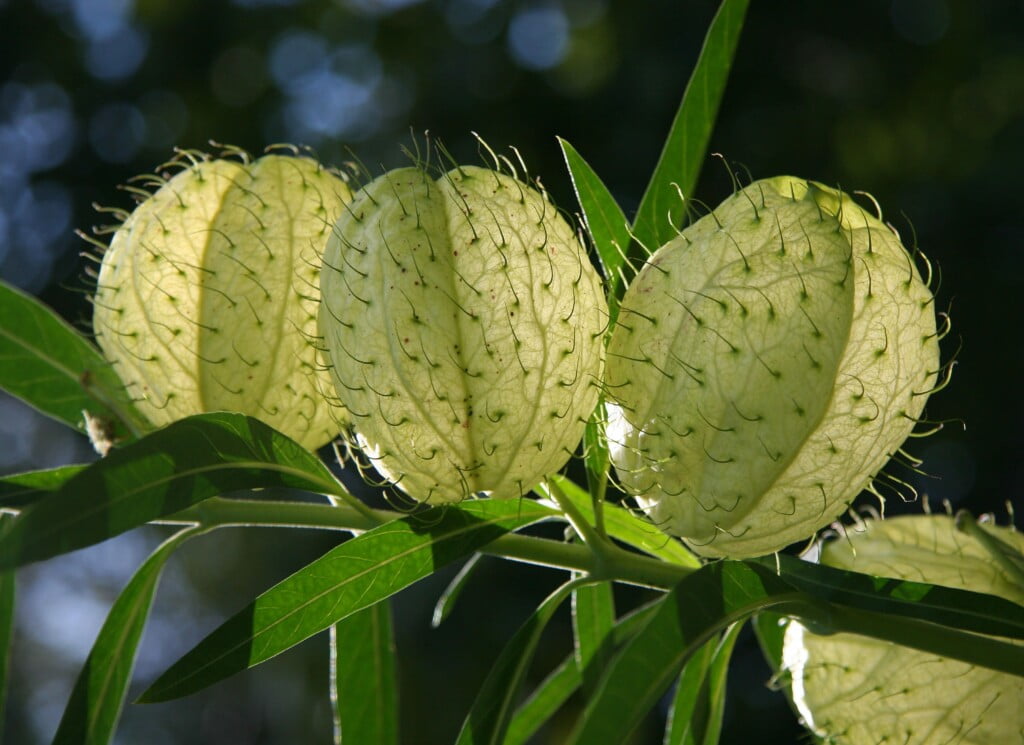
20 Hairy Balls Milkweed Seeds (Gomphocarpus physocarpus)
Thriving as a perennial in Zones 8–11, Hairy Balls Milkweed (Gomphocarpus physocarpus) reach an impressive height of 32–72″. Also recognized as swan plant, swan milkweed, and, of course, balloon plant, this is a must-have addition to your butterfly garden. More than 20 seeds. Southern US & Northern Mexico.
Final Thoughts: Context Is Key
Plants, like people, are complex. Asclepias curassavica may be sold in hardware stores and embraced by some while condemned by others, but facts matter. On Florida’s Space Coast and other parts of the Neotropical Realm, this species belongs.
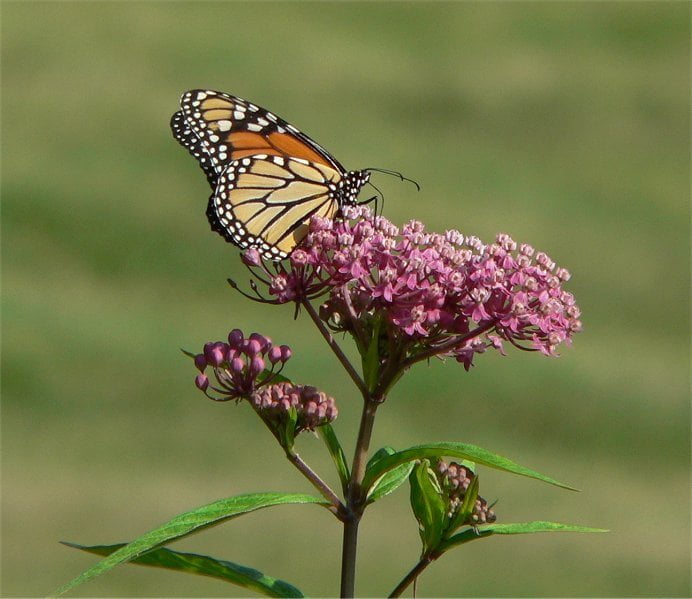
50 Swamp Milkweed Seeds (Asclepias incarnata) for North America
Create a sanctuary that celebrates. Bring the beauty of Swamp Milkweed to your garden with Johnny Butterflyseed’s Premium Swamp Milkweed Seeds.
When choosing what to plant, consider local conditions, native ranges, and ecological impact. Don’t let oversimplified messaging cloud a plant’s true role in the environment. Your garden can be both mindful and diverse—and yes, that includes Tropical Milkweed where it’s ecologically appropriate.
Plant More Milkweed, and stand firm in the face of botanical misconceptions... one day at a time!

The Adventures of Johnny Butterflyseed – Author Signed First Edition Children’s Book
Save the monarchs!
Johnny Butterflyseed and his fairy friend, Raven Silverwing, embark on a mission to save the rapidly disappearing butterflies. They enlist the help of Queen Venus Goldwing and her kingdom of monarchs to educate and inspire kids to become butterfly farmers. At first, Johnny faces his own internal struggle with self-doubt and fear in his ability to make a difference, but then soon develops a mindset that allows him to not only get started, but also make progress one day at a time. Through challenge after challenge, Johnny learns that he is not alone in his mission and that there are many people who want to help. Together, Johnny, Raven, and Queen Venus educate thousands of children on becoming butterfly farmers.
